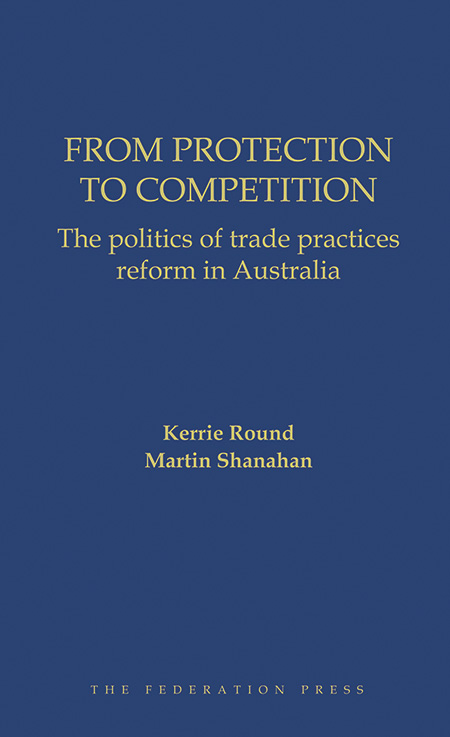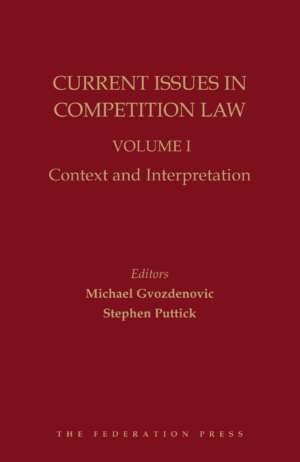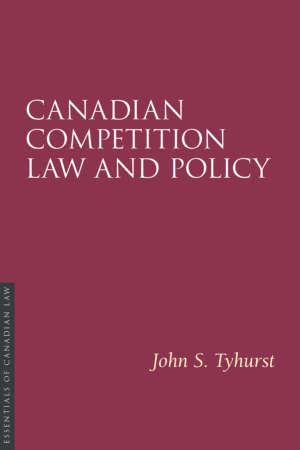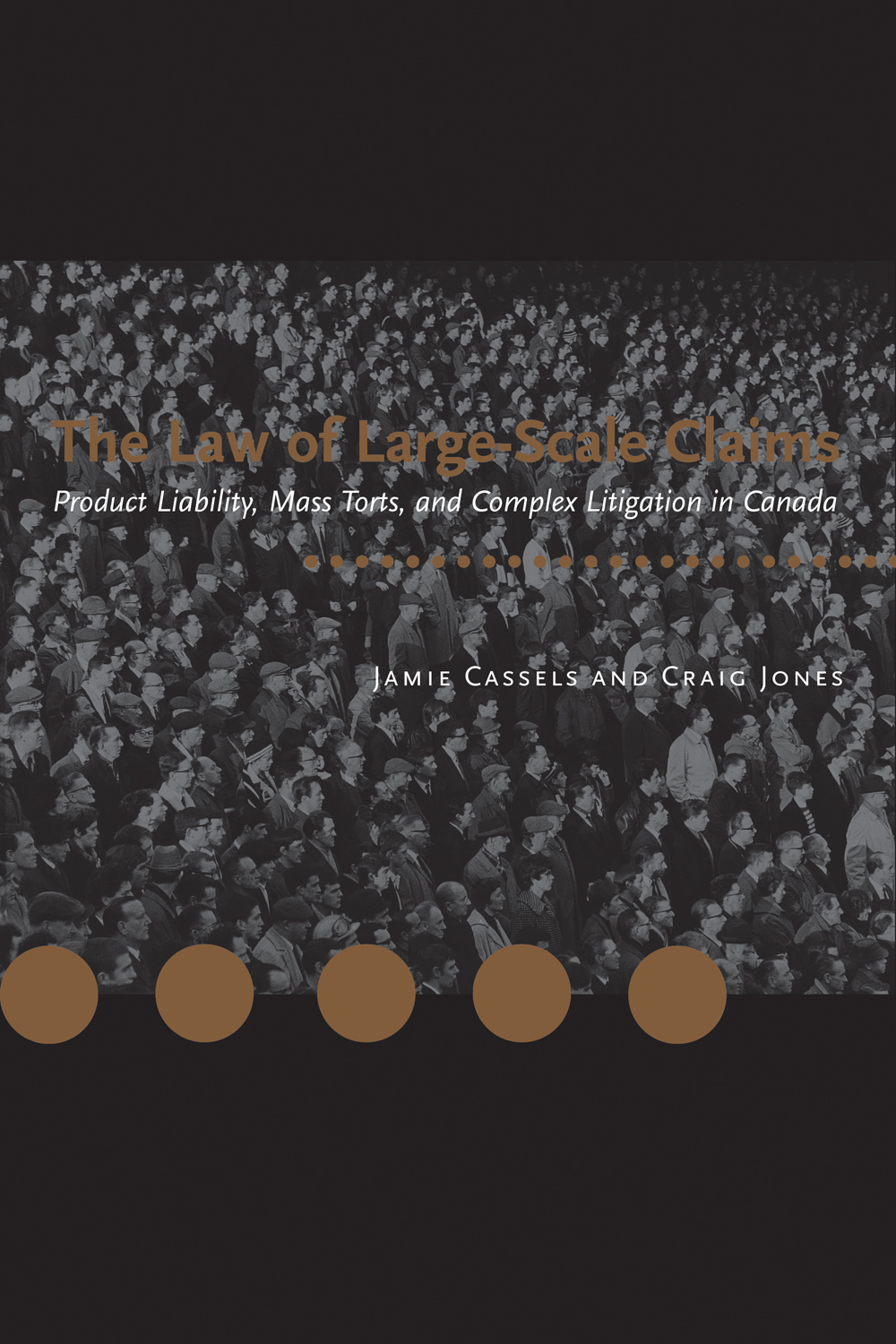Product Description
Economists have explored the effect of restrictive practices on markets, and legal scholars have examined the legislation, policies and institutions in specific cases. This work takes a historical approach and examines the occurrence of cartels and other restrictive practices in Australia, their resilience, and the attempts to constrain them.
Fixing prices and rigging markets began with the First Fleet. Many practices were imported but home-grown firms embraced the anti-competitive culture. The small market size and population encouraged firms to stabilise their working environment. Colonial government legislation against these anti-competitive practices largely failed.
The first anti-trust legislation, passed in 1906, proved useless. Despite evidence of restrictive business practices, four Constitutional referendums to give the Federal government power to control trusts and monopolies failed, as did legislation in individual states.
Over the years business became so reliant on government-initiated price controls that they initiated their own regulations. Import restrictions and tariffs protected firms from competition. State legislation proved ineffective. By the mid-1950s the Federal government could not ignore the problem.
After much political wrangling, it was the conservative side of politics that guided legislation through Parliament in 1965. Horrified businessmen had to lodge agreements in a compulsory but secret Register of Trade Agreements. The 14,480 agreements in the Register reveal that similar competitive restrictions were repeated in different industries, at various levels, across Australia. Businesses sought security through collusive arrangements.
Though weak, the Trade Practices Act 1965 educated economists, lawyers, administrators and businessmen that restrictive practices were no longer defensible and opened the way for the Trade Practices Act 1974 that represented a great advance in consumer protection. The insights and efforts of earlier generations have much to teach contemporary regulators on how best to ensure competitive markets and prevent anti-competitive collusion.








